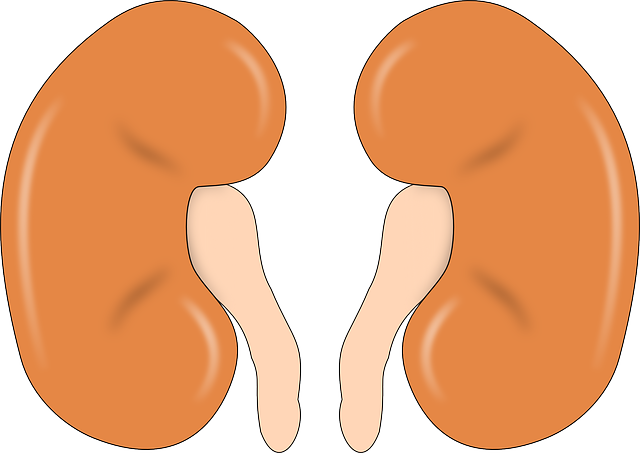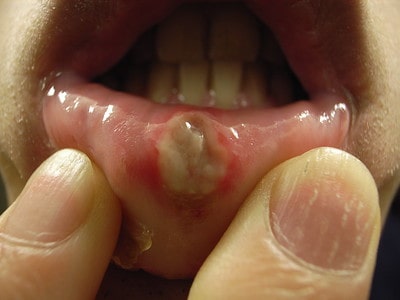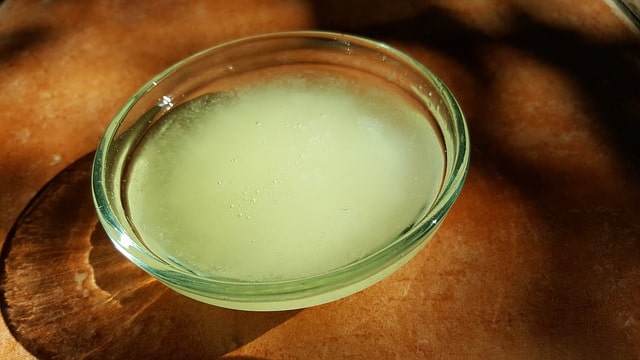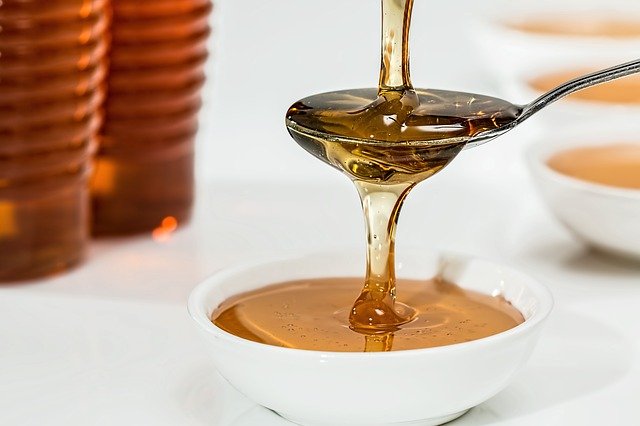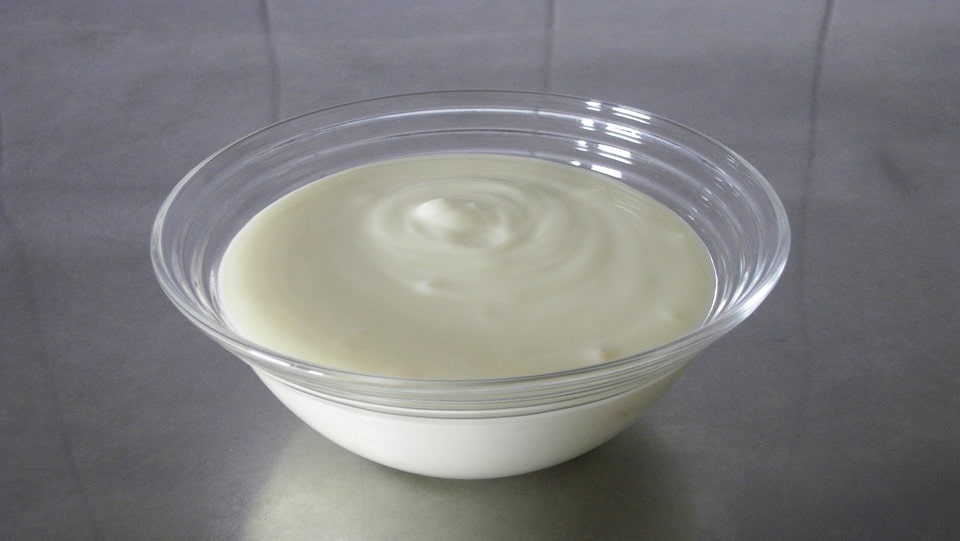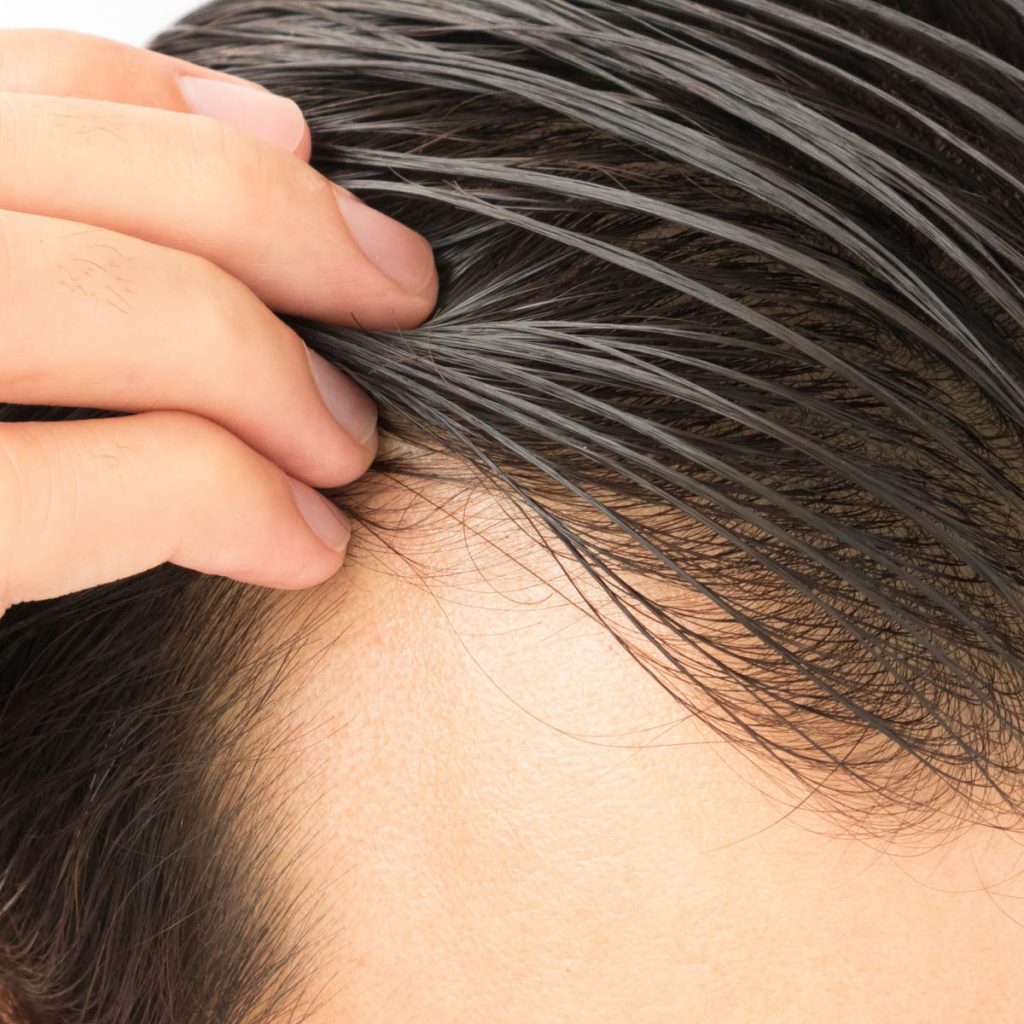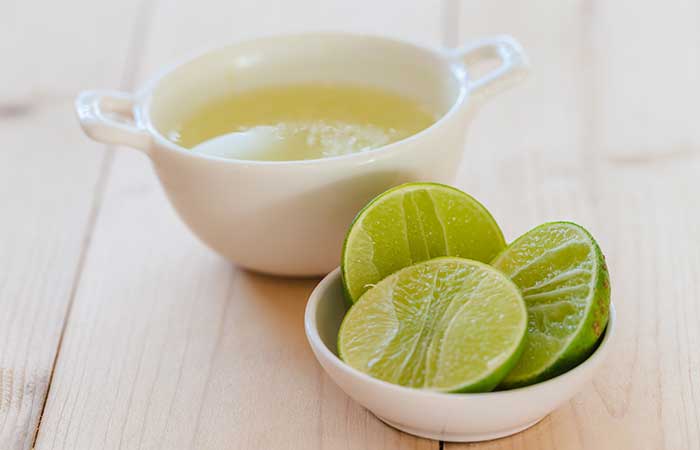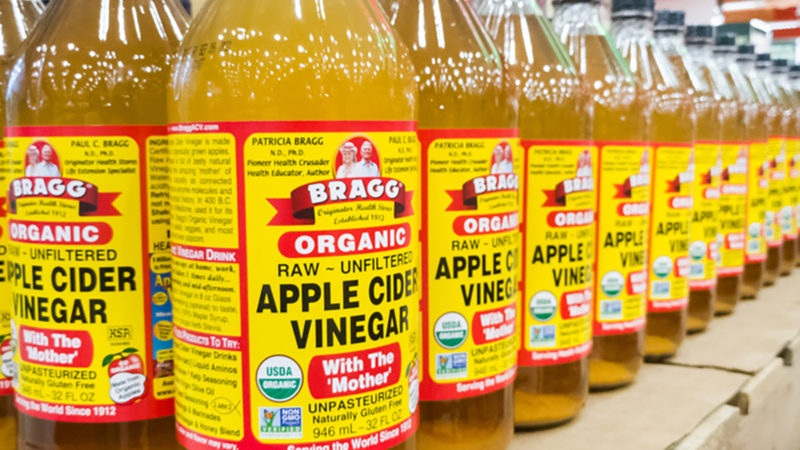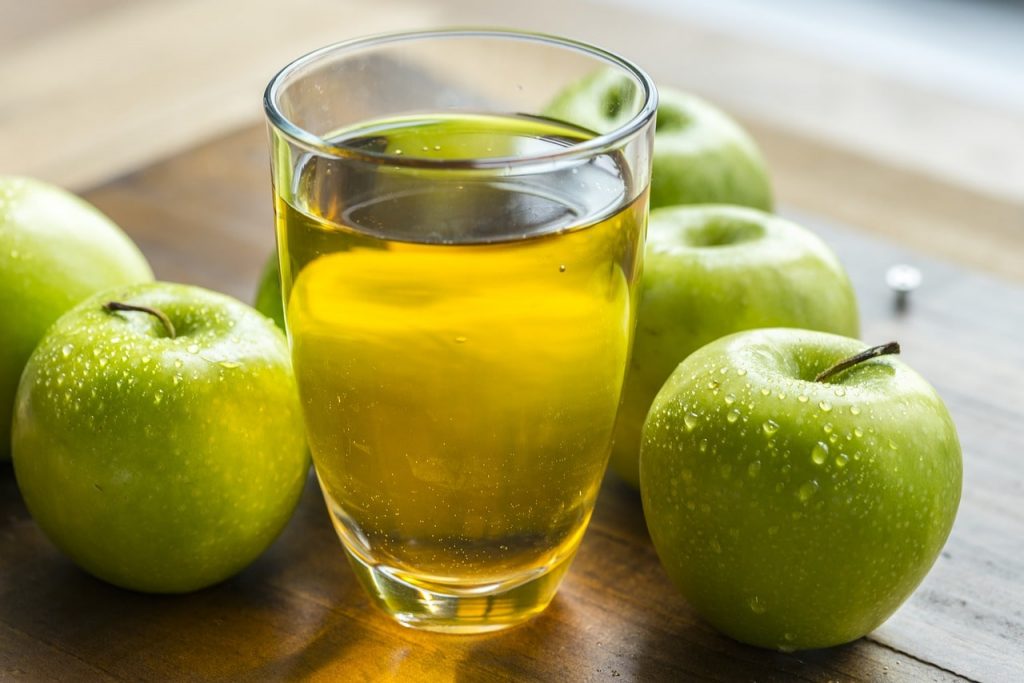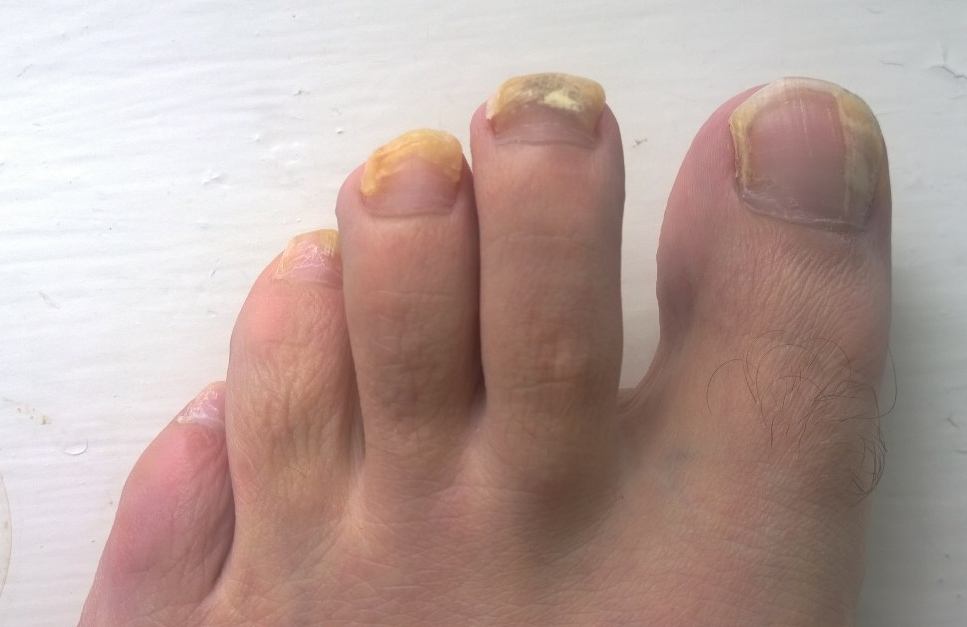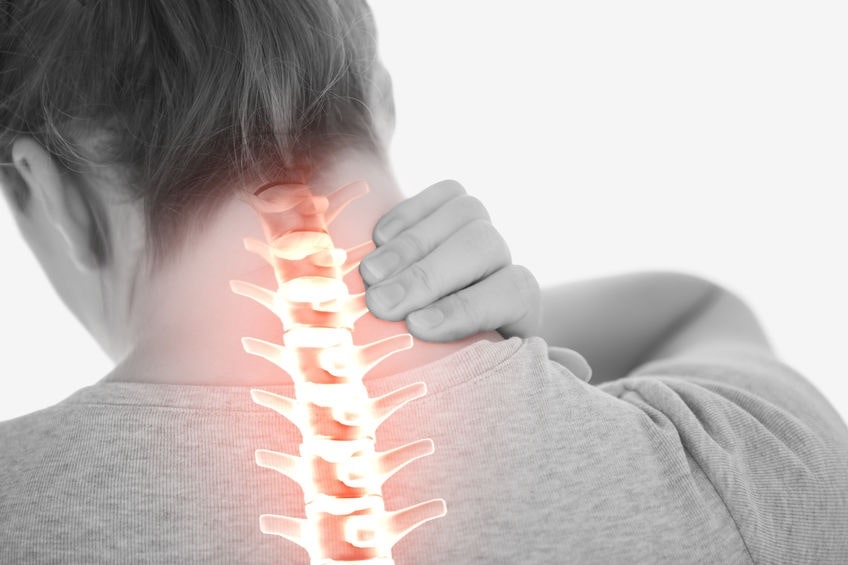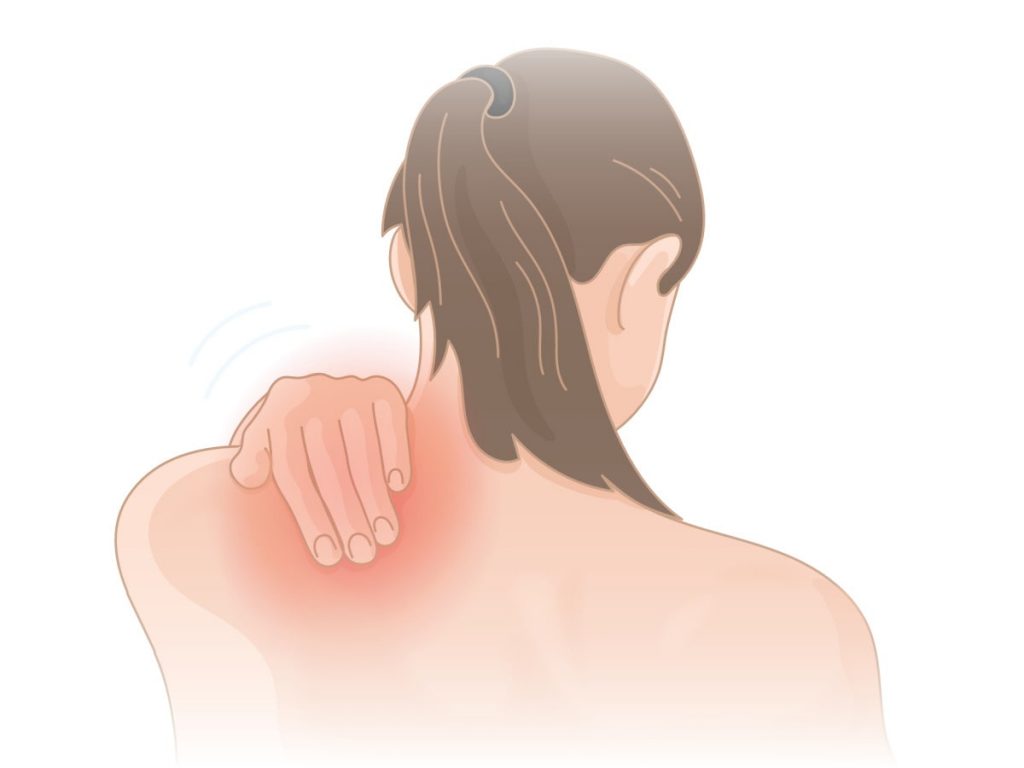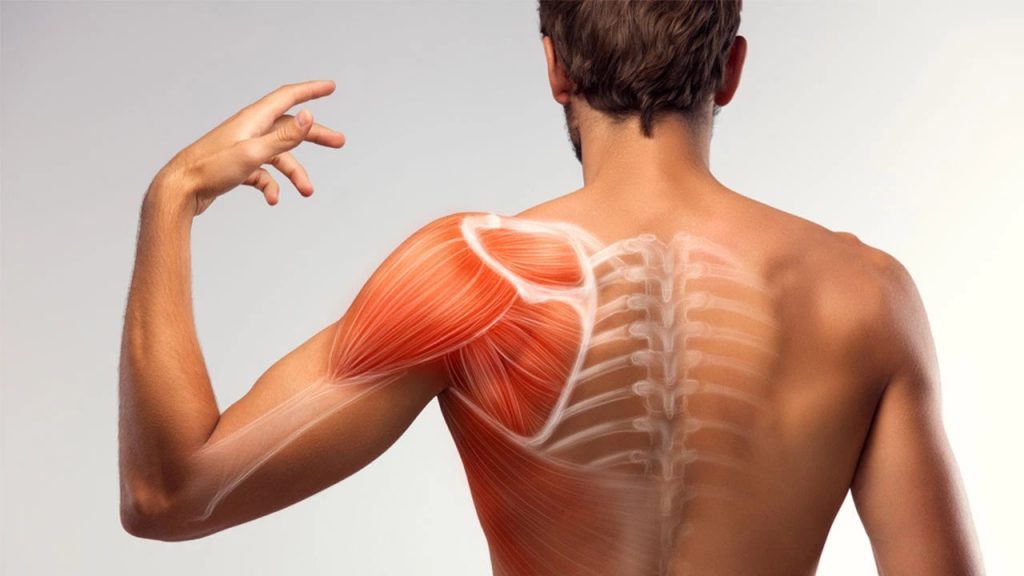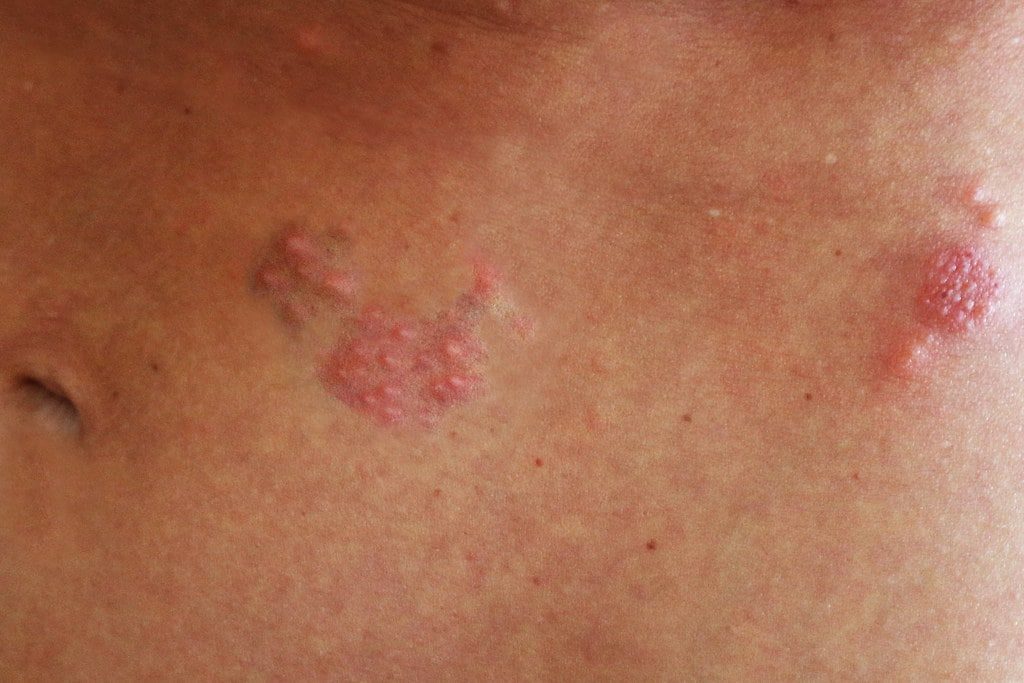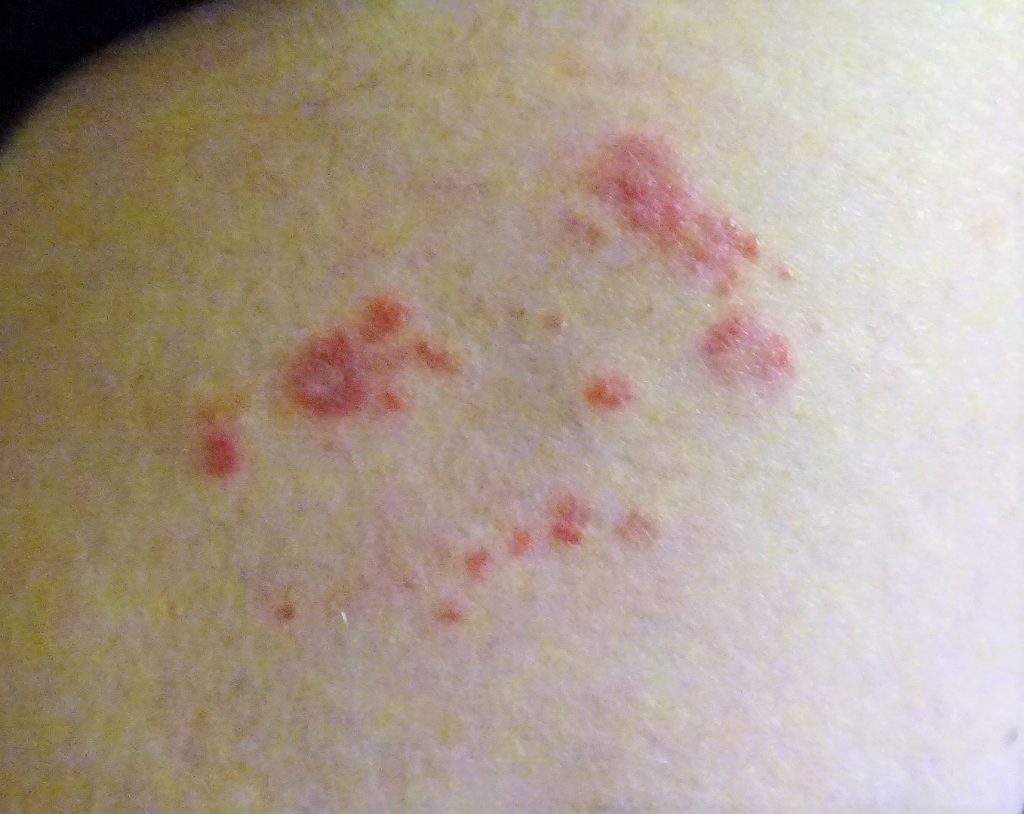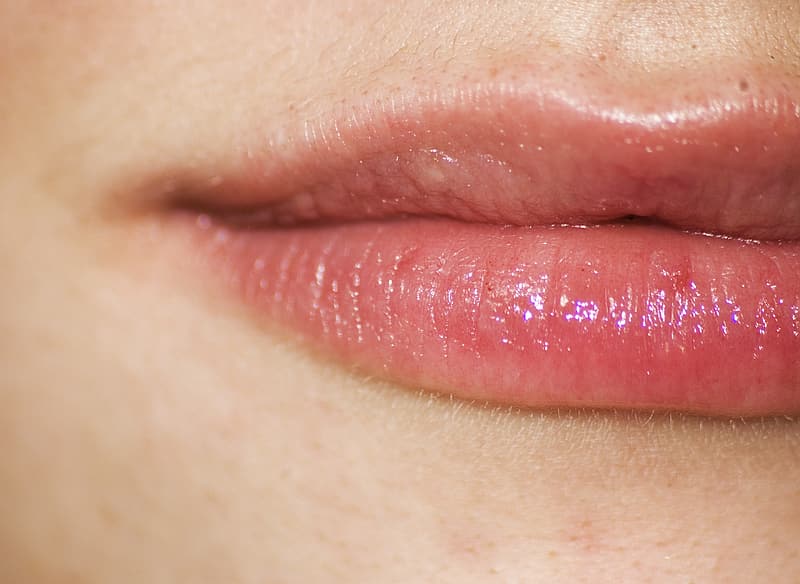Kidney stones are common but can be very painful and comfortable. If you feel pain in the lower right or left of your back, there are chances that you may have one or more stones in your kidney. There are various factors responsible for the formation of stones in one or both kidneys. They are unhealthy diet, obesity, lack of physical exercise, and dehydration, etc. How to remove 8mm kidney stone naturally? Well, that’s an interesting question! Because stone of anything more than 6 mm can be very hard to remove without proper treatment!
But there are a few claims about the “natural removal” of kidney stones with 8 mm diameter. Is that really possible? If not, what are other successful treatments? How is kidney stone pain different from the general type of abdominal or back pain? What changes should you make to your lifestyle to prevent kidney stones? How can your life get affected? We will try to answer all these questions and more in this article. Let’s find out
How do I know if it’s kidney pain?
Abdominal or lower back pain can be due to loads of known as well as unknown causes. Sometimes, you may feel pain right at the “kidney region” due to excessive bowel gas! But pain due to kidney stones is a bit different.
Kidney stone pain is characterized by constant, dull, and very aching, deep pain at the right or left flank (depends on the affected kidney). If both kidneys have stones, you may feel interchanging or constant pain on both sides. But usually, one kidney is affected with stone at a time. So, it’s less likely to feel the pain on both sides of the flank. Pain due to kidney stone gets worse on touch. Even the slightest of touch can make the patient go mad due to pain.
Other Kidney Stone Pain Symptoms:
If you have some other accompanying symptoms with flank pain, you should know that you may have stones in your kidney without hitting the panic button. Some common accompanying symptoms of kidney pain are:
- Frequent urination
- Blood in urine
- Constant nausea and vomiting
- Intermittent fever with chills
- Flank pain radiating to the groin region
- Burning pain while passing urine
- Urinary tract infection
If you feel flank pain on either side with one or more of these kidney stone pain symptoms, you should not take a chance and go for proper investigation and treatment.
What Are the Causes of Formation of Kidney Stones?
Finding one definite, single cause for kidney stones is hard. But some factors increase the probability of stone formation in your kidneys.
Kidney stones are formed due to excessive crystal-formation substances in your urine. They can be calcium, oxalate, and uric acid. Calcium or uric acid in urine is not uncommon, but when the quantity is more than the fluid in urine, the chances of stones formation are higher. At the same time, there may be a lack of crystal preventing substances in your urine that can cause kidney stones formation.
Different Types of Kidney Stones
Depending on the crystal-forming substances, there are different types of kidney stones, such as:
- Calcium Stones: Kidney stones are mostly formed from calcium in the form of calcium oxalate. Your body either gets oxalates from your liver or the diet. Various fruits, veggies, chocolate, and nuts are prime sources of oxalate. Dietary factors like excessive intake of vitamin D and several metabolic disorders may increase calcium stones formation risk.
- Uric Acid Stones: Increased uric acid is a common phenomenon in people with malabsorption and chronic diarrhea and those who get high protein in their diets. People with diabetes and metabolic syndrome are also at risk of developing kidney stones from excessive uric acid.
- Struvite Stones: One of the less common types of kidney stones is usually seen in urinary tract infection. These stones are pretty larger and grow quicker than other types.
- Cystine Stones: People having hereditary disorders like cystinuria are prone to cystine stones.
What Are the Home Remedies for Kidney Stone Pain?
Treating kidney stone pain at home is not the smartest idea, as it needs proper treatment under medical assistance. However, you can reduce the severity of pain with some home remedies for kidney pain.
Dehydration is one of the major causes of kidney pain, and staying hydrated is the most common advice you will get from doctors. The following are some home remedies to increase the chances of passing out kidney stones along with conventional treatment.
NOTE: Staying hydrated is the most important aspect of easing kidney pain.
1. Drink A Lot of Water:
Increasing your water intake is a must if you want to give your body even a little chance to pass out the stones. Instead of the standard recommendation of 8 glasses of water per day, drink 10 to 12 glasses.
2. Add Lemon Juice to Your Diet
Freshly squeezed lemon juice is not only a great mood lifter, but it is also packed with plenty of other health benefits as well. Lemon is a very good source of citrate and can prevent calcium stones from used regularly. Citrate can also break up small calcium stones to pass them through urine.
Lemon juice is more effective when it comes to the prevention of kidney stones. And you need a lot of them to somehow dissolve and pass through urine. Yes, lemon juice can dissolve kidney stones of up to 2 mm, especially if used regularly for a couple of months. But you can’t dissolve kidney stone fast with the only lemon if they are more than 4 mm in diameter.
3. Use Basil Juice
Acetic acid is one of the main components of basil juice and can help ease kidney stones pain. It’s packed with various nutrients. Basil juice is also a good natural remedy for inflammatory and digestive troubles.
Basil juice can keep your kidneys healthy due to its antioxidants and anti-inflammatory agents.
You can use fresh and dried leaves to prepare a cup of basil juice and drink twice a day. Juicing fresh basil leaves or adding it to a smoothie is also a good option.
Here are words of caution, though:
Using medicinal basil juice for more than straight six weeks can be a bit harmful, as it can cause
- Low blood pressure
- Low blood sugar
- And increased bleeding
Also Read: How Long Do Canker Sores Last?
4. Is apple cider vinegar good for kidney pain?
Yes, you can use apple cider vinegar for kidney stones. ACV can flush out small-sized kidney stones. And improves other symptoms too. Let’s find out how ACV is good for kidney pain.
- Softens and dissolves stones: ACV contains acetic acid and can break down the small-sized stones within a few weeks. In addition to breaking them down, ACV can also soften them and reduce their size to make them movable with the urine.
- ACV cleanses your body: ACV prevents the formation of kidney stones by removing the toxins out of your body.
- Breaks down the stone forming tissues: ACV also contains phosphoric and citric acid and can significantly break down the hard tissues responsible for forming kidney stones.
- Improves Digestion: Alkaline properties of ACV help in the digestion process and trigger hydrochloric acid production.
In short, you can use apple cider vinegar in the initial stages of kidney stones pain. But relying on ACV in the case of large-sized stones is not recommended. Seek proper medical advice if you don’t notice any improvement. Here is how you can use apple cider vinegar for kidney pain.
- Add two tbsp apple cider vinegar to one glass purified water.
- Drink the mixture throughout the day.
- Don’t consume ACV mixture more than 8-ounce.
5. Celery Juice:
Celery juice can also ease kidney stones pain and improve other symptoms of kidney stones pain by removing the toxins contributing to kidney stones’ formation.
Blend a few stalks of celery with water, and drink the juice numerous times a day.
Avoid this drink if you are using:
- Lithium (Lithane)
- Levothyroxine (Synthroid)
- Medications that increase your sensitivity to the sun, like isotretinoin (Sotret)
- Sedative medications like alprazolam (Xanax)
And you should also avoid using celery if you are having:
- Bleeding disorder
- A scheduled surgery
- Low blood pressure
How can I ease kidney pain?
Kidney stone pain can be very severe and can make you feel uncomfortable very quickly. Proper diagnosis, investigations, and treatment are still very important. But if you suffer from sudden aching pain while recovering during treatment, you can ease the pain by:
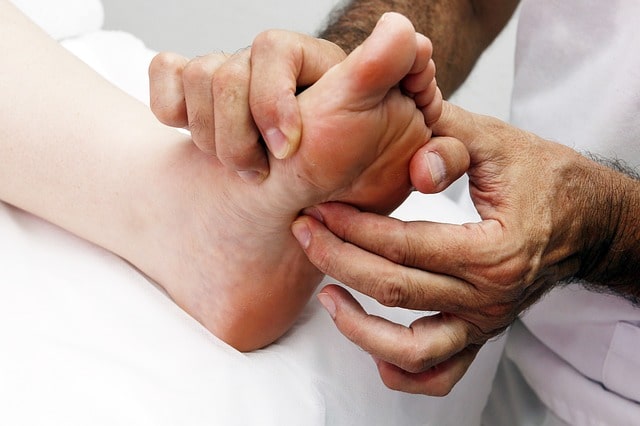
- Staying hydrated: Drinking plenty of fluids throughout the day is very important to ease the pain. Avoid taking alcohol or coffee until you overcome the infection.
- Applying heat: When you feel pain, place a heating pad on a painful area to get quick relief.
- Using painkillers: For severe pain, you may have to use painkillers like acetaminophen (Tylenol), Ibuprofen, etc.
How long can kidney pain last?
Depending on the stones’ size and severity, you may frequently suffer from pain if the kidney stone is more than 5 mm. However, kidney stones of 2 to 3 mm don’t cause chronic or severe pain. Frequency and duration of pain depend on various factors, including lifestyle, diet, treatment, etc.
Will kidney pain go away?
Again, the size of kidney stones matters a lot when passing out on their own. Kidney stones with smaller sizes get out faster without causing a lot of pain.
Here are approximate timelines for different sizes of kidney stones:
- Around 80% of stones with less than 4 mm diameters are passed through urine in about one month.
- Approx. 60% of kidney stones with a 4 to 6 mm diameter take 45 days to pass without surgery.
- Only 20% of stones of more than 6 mm diameter can pass on their own in about one year. However, when the stones are larger than 6 mm, immediate surgical removal is the best option.
How to sleep with kidney pain?
Sleeping posture can also play a key role in easing kidney stone pain. The pain usually gets worse if you sleep in one position for so long. Sleeping in one position is not advised, especially if you suffer from recurrent kidney stones formation. Simple behavioral adjustments, including frequent sleep position changes, can reduce the severity of pain to a decent extent.
Homeopathic Treatment for Kidney Stones Pain
Some homeopathic medicines are very, very effective in reducing kidney stones pain. And can even dissolve the stones of up to 6 mm without causing any additional complication. Some prominent homeopathic medicines for kidney stones are:
- Lycopodium: One of the most effective medicines for right-sided kidney stones. Pains usually aggravate between 4 pm to 8 pm, and there is red sedimentation in the urine.
- Cantharis: A very effective remedy for kidney stones pain, especially when accompanied by a constant urge to urinate.
- Pareira Brava: One of the chief medicines for almost all types of urinary problems. Works superbly on chronic kidney stones with urine retention is characterized by great straining in thighs while urinating.
- Berberis Vulgaris: An excellent medicine prescribed fora wide range of renal and kidney health problems. It helps improving kidney dysfunction due to chronic kidney stones and eases all other symptoms as well.
Advice: Homeopathic medicines are mighty effective in cases of kidney stones and other related problems. But you should not have them until and unless prescribed by a licensed homeopathic practitioner.
How to remove 8mm kidney stone naturally? This is the question we started this article with. And the conclusion is very clear: it is almost impossible to remove an 8mm kidney stone without proper treatment, and usually, a surgical procedure is required. We suggest you not to waste precious time in your quest to treat kidney stones at home. Small-sized stones are easily removed by the combination of some home remedies and conventional treatment.
Stay hydrated, eat healthily, do some physical activities, keep track of what you eat, avoid alcohol and smoking. Medical infrastructure around the world has developed a lot that kidney stone is no longer a very serious complication until you are very ignorant about it.
References:
https://www.healthline.com/health/kidney-health/home-remedies-for-kidney-stones#celery-juice
https://www.mayoclinic.org/diseases-conditions/kidney-stones/symptoms-causes/syc-20355755#:~:text=Kidney%20stones%20form%20when%20your,for%20kidney%20stones%20to%20form.
https://www.healthline.com/health/what-does-kidney-pain-feel-like#What-causes-kidney-pain?
https://www.maxhealthcare.in/blogs/urology/apple-cider-vinegar-effective-dissolving-kidney-stones
https://www.mayoclinic.org/diseases-conditions/kidney-infection/diagnosis-treatment/drc-20353393
https://www.medicalnewstoday.com/articles/326775#how-to-speed-up-the-process
https://www.ncbi.nlm.nih.gov/pmc/articles/PMC1174745/

